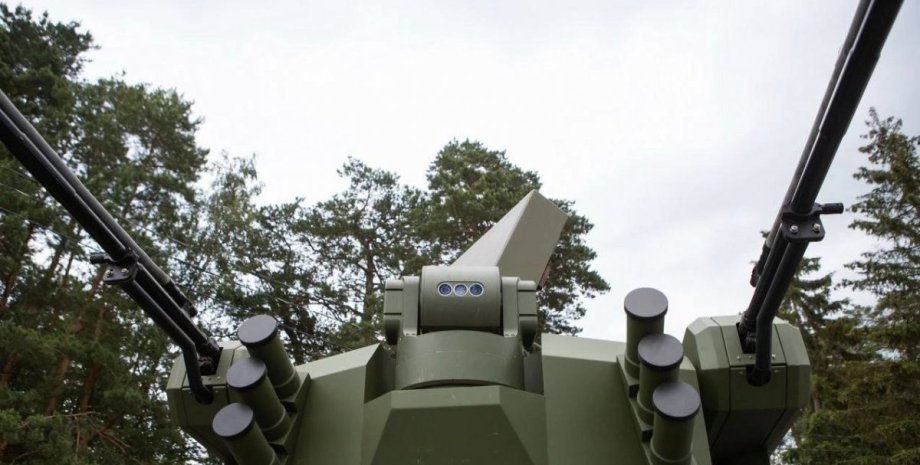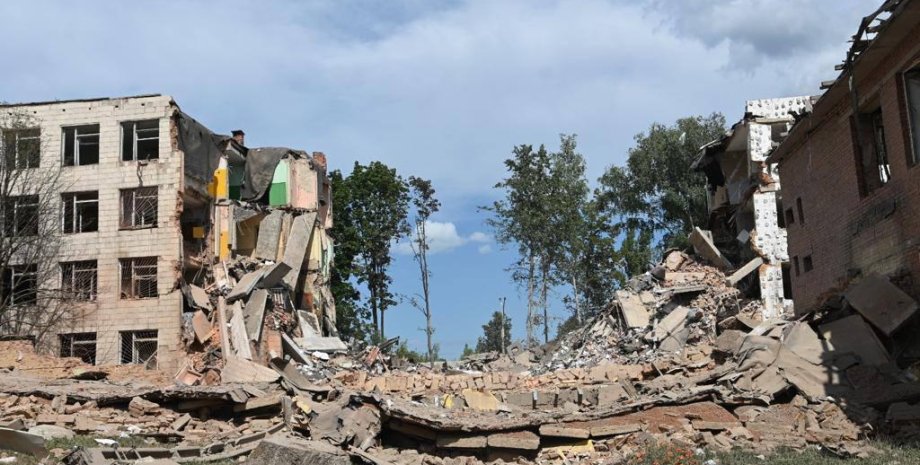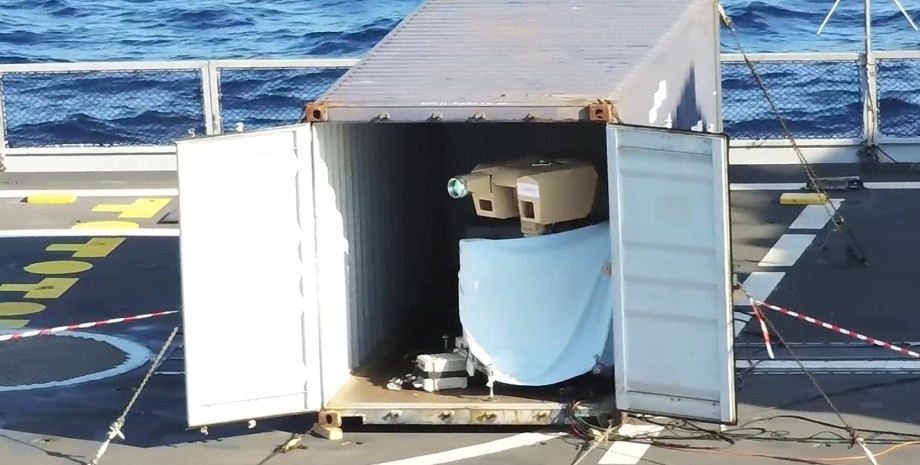
 By Victor Duda
By Victor Duda
In comments for Defense Express, an expert in the field of military radio technologies Serhii "Flash" Bezkrestnov explained that it is about creating a dynamic network of mutual relay, which makes control and transmission of video telemetry resistant to traditional EW methods and provides real control from the territory of the Russian Federation over long distances.
First of all, for the organization of mesh communication, Russia involved Chinese manufacturers, who began mass deliveries of specialized modems. According to the expert, modems are labeled as Wi-Fi equipment, but operate in the 1300-1500 MHz range and represent a different solution. One modem costs approximately 7,000 dollars, has an output power of two channels of 10 W or two channels of 20 W and provides communication at a distance of up to 100 km or more.
The device emits an encrypted digital channel with resistance to EW using tunable frequency technology (RFT). Moreover, the modem is also a repeater. "Thus, in the air, modems on drones form communication channels among themselves. And each modem tries to communicate with another, and if one of them disappears from the network, then the information is not lost, but bypassed by another channel," said "Flash".
This network is difficult to neutralize because even if 80% of the drones are shot down, the remaining UAVs will be able to transmit information. The expert also reported that the transmission speed in the mesh network can reach 50 MB/s under favorable conditions, although in reality, in the presence of obstacles, it remains approximately 2 MB/s, which is enough for optimized 4K video transmission and control of the drone in FPV mode even with high ping.
Thanks to online control, the operator from the territory of the Russian Federation can adjust the flight in real time and aim at moving objects - for example, trains, because the locomotive and wagons have a predictable speed and course, which makes the gunner's task easier. It is also possible to guide on stationary targets — with the selection of the most vulnerable node. The expert emphasizes that modems are not required to work all the time.
They can only turn on at a certain point near the target, which makes them difficult to detect by a constant radio signal. There are also risks of using terrestrial repeaters — compact modems can be installed on roofs and balconies, connect to the Internet and thus strengthen the network. However, this technology is by no means invulnerable. The main vector of countermeasures is the detection and suppression of mesh modems by means of EW.
According to Serhiy "Flesh", based on research and practical experiments, recommendations have been developed for the Defense Forces of Ukraine regarding the detection and jamming of such nodes. In turn, Defense Express noted that if the Russian Federation begins a large-scale deployment of mesh control not only on "Shakhed" but also on other long-range systems, it will create a new level of challenge for Ukrainian defense.
"We note that any methods of fighting depend on the scope, quality and scale of their implementation. And it is very important not to miss the moment when the Russian Federation will begin to multiply the use of this technology," the analysts concluded. Earlier it was reported that military engineers of the Russian Federation improved their unmanned systems, which received new capabilities.










All rights reserved IN-Ukraine.info - 2022